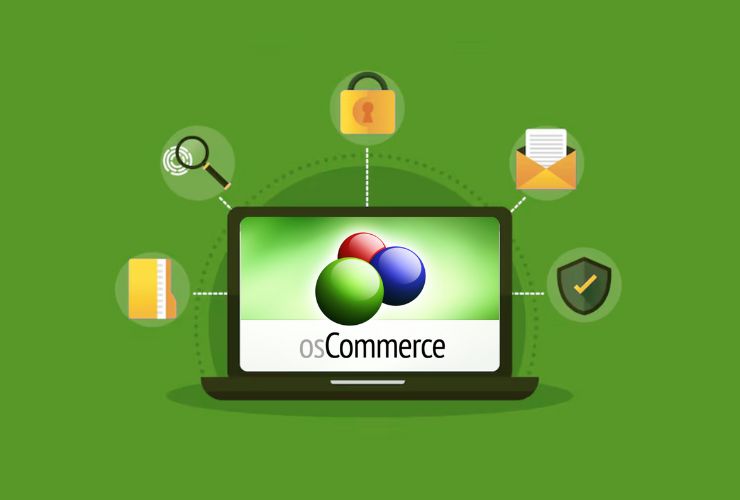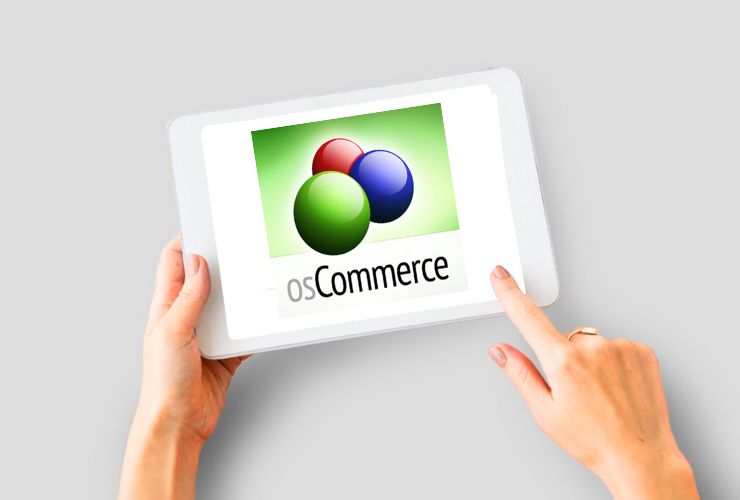For over twenty years, osCommerce has been a key player in the open-source ecommerce community, giving merchants the tools they need to build scalable online stores. While platforms like Shopify, Magento, and WooCommerce have gained in popularity, osCommerce has kept up with the changing times. With the introduction of osCommerce v4.0, the platform is entering into a modernized era to introduce functionality that uniquely suits the developmental trajectory of today’s digital-first businesses.
1. Modernized Architecture eg. osCommerce v4.0
With osCommerce v4.0, osCommerce is changing its structure as we know it. Unlike past versions of the platform, this version will allow for:
- A modular architecture for future customization.
- Improved security and performance.
- Built-in mobile responsive features for improved UX.
- Improved multi-store support.
This improved streaming structure prepares osCommerce to be more than just a legacy platform. It prepares osCommerce for the modernization it deserves.
2. Increased Security
With an increase of cyber threats and compromises rising steeply, Ecommerce security cannot be ignored. Future releases of osCommerce will provide the following:
- Improved PCI compliance tools.
- Increased built-in SSL / TLS encryption.
- Automatic patching to remediate vulnerabilities quicker.
These improvements will allow merchants to protect customer data while ensuring they meet global Ecommerce standards.
3. Enhanced Customization and Integrations
The osCommerce ecosystem is expanding to include loads of new plugins, templates, and third-party integrations. These updates will give merchants more leeway to:
- Customize storefronts using the new drag-and-drop tools to set up new configurations quickly and iterate on existing ones.
- Integrate with modern CRMs, ERPs, and payment processors.
- Add intelligent product recommendations and more detailed analytics using AI.
This development of osCommerce puts it in a position to evolve with rapid advancements in digital commerce technology.
4. Cloud and SaaS Preparedness
To be competitive with other platforms like Shopify, osCommerce is gradually working toward being more cloud-friendly and SaaS-ready. This development will:
- Ease hosting and infrastructure concerns.
- Help performance scale as traffic scales.
- Improve uptime, backups, and managed services.
Larger businesses will not need deep technical skill to have functional storefronts at the larger scales they are accustomed to utilizing.
5. Community Growth
One of osCommerce’s biggest strengths has always been the community of developers, contributors, and merchants that surround the open source community. Further development will become more streamlined and quick through:
- Open-source contributions and community plugins.
- Forums and support groups with regular engagement.
- Collaborative development of themes, integrations, and core features.
This will ensure osCommerce continues to be one of the most stable, merchant-friendly platforms throughout the future.
6. Competing in the Future eCommerce Landscape
While SaaS platforms are firmly entrenched in the eCommerce market, it is likely that osCommerce will flourish through offering:
- Flexibility available without a vendor lock-in.
- Affordable customizability for start-ups and small to medium sized businesses (SMB’s).
- Enterprise-grade scale for businesses that have a unique requirements.
By presenting itself as a secure, customizable, and open solution, osCommerce can remain a contender to compete in the future of eCommerce.
Conclusion
The future of osCommerce is bright – augmented by a modernized v4.0 release, increased security, better customization, and cloud capability. For businesses looking for open source flexibility with the benefits of a modern eCommerce platform, osCommerce is a solution worthy of your attention.
As the digital commerce landscape continues to evolve, osCommerce is poised to change from a legacy platform to a next-generation eCommerce platform that enables merchants to innovate, scale, and compete in a global market.












